If you're new to ice skating, one of the first questions you'll face is: Should you start with double-blade or single-blade skates? Here’s the bottom line:
- Double-blade skates are ideal for young kids (ages 2–4) or absolute beginners. They offer extra stability, making it easier to balance and build confidence. But they’re a short-term solution - you’ll need to switch to single-blades as skills improve.
- Single-blade skates are better for older kids (5+) and adults. They’re harder to learn on but help develop proper technique, balance, and control - skills needed for advanced skating.
Quick Overview:
- Double-blades: Easier to balance, great for toddlers, but limit skill development.
- Single-blades: Steeper learning curve, better for long-term progress, and suitable for most beginners aged 5+.
If you’re aiming to improve quickly and stick with skating, single-blades are the smarter choice. Keep reading for a breakdown of features, pros and cons, and tips for choosing the right skates.
What Are Double Runner Ice Skates? - The Winter Sport Xpert
Double-Blade vs. Single-Blade Ice Skates: The Basics
Understanding the difference between double- and single-blade skates is key to choosing the right pair for your needs. Each type serves a specific purpose and suits different stages of learning.
Double-blade skates are like the training wheels of the ice skating world. They feature two parallel blades that provide a wider base, making it easier for beginners - especially young kids - to stay upright and focus on basic movements without constantly worrying about falling.
Double-Blade Ice Skates: Main Features
Double-blade skates are designed with two parallel blades, which create a broader footprint on the ice for added stability. This makes them ideal for toddlers and very young children taking their first steps on the ice. The wider base reduces tipping and helps prevent falls, while the doubled edges minimize rolling or catching, common issues for beginners.
Unlike traditional skates, double-blade models usually skip the toe pick. This omission simplifies the learning process, allowing new skaters to concentrate on mastering basics like posture, gliding, knee bending, and simple strides without worrying about balancing on a single blade. Essentially, these skates are all about building confidence and foundational skills.
Single-Blade Ice Skates: Main Features
Single-blade skates, on the other hand, are built for skill development and are the go-to choice for recreational and competitive skating. Each skate has one thin blade, which creates a smaller contact point with the ice. This design requires skaters to rely on their inside and outside edges for techniques like turning, stopping, and advanced moves such as crossovers and spins.
The narrow blade demands stronger ankle support and better balance, making it a bit more challenging for beginners. However, it’s this challenge that helps skaters develop the skills needed for more advanced techniques. Most single-blade skates also include toe picks, which are essential for stopping, certain maneuvers, and jumps in figure skating. That said, toe picks can trip up absolute beginners who aren’t used to them.
These skates are typically paired with stiff, supportive boots that help transfer a skater’s movements directly to the blade, offering better control and precision. While they come with a steeper learning curve, single-blade skates are perfect for older kids (around age 5 and up) and adults who are ready to build their balance and strength with proper guidance.
Stability and Learning Speed: How They Compare
When deciding between double-blade and single-blade skates for learning, it’s key to understand how each type impacts stability and the development of skating skills. Each design offers a unique experience that caters to different learning goals and personal preferences.
Stability and Balance
Double-blade skates are all about stability. With two blades providing a wider surface area on the ice, they’re a solid choice for young learners still developing motor skills. These skates let beginners focus on getting comfortable with basic movements without constantly worrying about balance. That said, the added stability can sometimes hold skaters back from developing precise edge control - a crucial skill for advancing in ice skating.
Single-blade skates, on the other hand, demand more from the skater right from the start. They require stronger core engagement and better balance. While this can lead to more tumbles in the beginning, it lays the groundwork for better edge awareness and balance control. This trade-off in stability often sets the stage for faster progress in mastering more advanced skating techniques later on.
Learning Speed for New Skaters
The type of skate you choose can also affect how quickly a beginner picks up skating. Double-blade skates tend to build confidence early on. They make it easier for beginners to stand and move on the ice, reducing the fear of falling and making the first experience more enjoyable. However, this extra support can create a dependency, which might make transitioning to single-blade skates - and their greater demands on balance - a bit trickier.
Single-blade skates, by contrast, challenge beginners to learn proper weight distribution and edge control from the start. While the learning curve can feel steeper, it pays off by building a stronger foundation for more advanced skills. For those aiming to go beyond the basics, this early focus on balance and technique can be a big advantage.
Snowfeet’s designs strike a balance between stability and skill development. Unlike traditional models, their approach helps beginners feel at ease on the ice while gradually teaching the balance and edge control needed for more advanced skating. It’s a clever way to combine confidence-building with long-term skill growth.
Double-Blade vs. Single-Blade Ice Skates: Pros and Cons
When it comes to choosing between double-blade and single-blade ice skates, it’s all about trade-offs. Each type has its strengths and challenges, especially for beginners learning the ropes. Below is a quick side-by-side comparison of their key features to help you decide which might suit your needs better:
Pros and Cons Comparison Table
| Feature | Double-Blade Ice Skates | Single-Blade Ice Skates |
|---|---|---|
| Stability |
Pros: Offers greater lateral stability due to the wider base and dual blades, which help reduce sideways tipping and unexpected edge catches. Cons: Can slow down the development of ankle strength and fine balance control. |
Pros: Helps build ankle strength and balance right from the start. Cons: Comes with a higher risk of falls in the beginning. |
| Learning Curve |
Pros: Instills confidence quickly and makes gliding easier for beginners. Cons: May slow down the progression to advanced skills. |
Pros: Teaches critical skills like edge control and weight distribution, creating a solid foundation for advanced techniques. Cons: Has a steeper learning curve initially. |
| Skill Development |
Pros: Great for teaching basics like posture, forward gliding, and knee bending. Cons: Might hinder natural progression to mastering edge control and advanced moves. |
Pros: Perfect for learning spins, jumps, and other advanced techniques, with endless potential for growth. Cons: Requires patience during the early stages of learning. |
| Age Suitability |
Pros: Ideal for very young beginners (ages 2–4) or those who are especially nervous. Cons: Can become a crutch if used for too long. |
Pros: Best for kids 5+ or anyone serious about improving their skating skills. Cons: May feel overwhelming for very young or hesitant skaters. |
| Cost Efficiency |
Pros: Affordable upfront, making it a good option for testing interest in skating. Cons: Additional costs arise when transitioning to single-blade skates later. |
Pros: A one-time investment with a durable design, eliminating the need for replacement skates. Cons: Higher initial cost. |
| Time to Transition |
Pros: Suitable for around 6–12 hours of practice to build basic skills. Cons: Requires a clear plan for transitioning to single blades. |
Pros: No transition needed - start and stick with one blade. Cons: Takes longer to adjust at first. |
Double-blade skates shine as a confidence booster for beginners but work best as a temporary stepping stone. Most skaters move on to single blades once they’ve mastered steady gliding and controlled stopping.
For skaters who come from other winter sports - like snowboarding or skiing - single-blade skates might feel more natural. They demand balance and edge control, skills that align with those sports’ techniques. Snowfeet’s designs, for instance, aim to bridge that gap, combining initial stability with a natural path to skill progression, without creating over-reliance on double blades.
Next, we’ll dive into specific recommendations based on age and skill level. Stay tuned!
sbb-itb-17ade95
Which Skates to Choose by Age and Skill Level
When it comes to picking the right skates, age, coordination, and skating goals play a big role. Let’s break it down by age group and skill level to make the decision easier.
Young Children (Ages 2–4)
For toddlers taking their first steps on the ice, double-blade skates are a solid starting point. They provide extra stability, which can help boost confidence during those wobbly first sessions. However, as their balance improves, it’s a good idea to transition them to single-blade skates. This shift helps develop better technique as they grow.
Older Children and Adults (Ages 5+)
Once kids hit age 5 - and for adults just starting out - single-blade skates are usually the way to go. These skates encourage proper technique right from the start. Among single-blade options, figure skates are often preferred for beginners. Why? They sit lower to the ground and have a flatter blade, making them easier to learn on. Hockey skates, on the other hand, have shorter, more curved blades designed for speed and sharp turns, which can feel trickier for some beginners. That said, if someone feels more comfortable in hockey skates, that’s perfectly fine too.
Fit is everything. Skates should be snug but not so tight that they restrict toe movement. As Gerry Lane, Director of Skating at South Suburban Parks and Recreation, advises:
"If you can put your fingers underneath the laces [at your ankle], they're too loose."
Loose skates can make it harder to control the blade and increase the risk of injury, so getting the fit right is key.
When deciding between figure skates and hockey skates, think about your goals. If you’re aiming for spins, jumps, or artistic moves, figure skates are the better choice. But if speed and agility are more your thing, hockey skates might be the better fit. Either way, investing in a good-quality pair will make learning safer and more enjoyable.
Adults and older kids usually have the strength and coordination to start with single-blade skates right away. Interestingly, people with experience in snowboarding or traditional skiing often adapt to single-blade skates more easily. Both sports require similar balance and edge control skills. Companies like Snowfeet even design gear that helps athletes make smoother transitions between snow and ice sports, offering a more natural feel compared to bulky ski equipment. With the right skates and a proper fit, skaters can confidently take on new challenges on the ice.
Cost Comparison: Double-Blade vs. Single-Blade Skates
Let’s break down the costs and see how they stack up over time. While double-blade skates are a cheaper option upfront, the real question is whether they save you money in the long run.
Double-blade skates are easy on the wallet, usually priced between $30 and $43. On the other hand, single-blade skates require a bigger initial investment. Entry-level hockey skates start at around $70 and can climb as high as $1,000, though beginners definitely don’t need to spend anywhere near the top of that range. For figure skates, beginner-friendly models like the Jackson Ultima Artiste, Riedell Sparkle, and Botas Cezar come as skate-and-blade combos for under $200. A good rule of thumb: keep your first pair of single-blade skates under $200 while you’re deciding if skating is your thing.
But here’s the catch with double-blade skates - they’re like training wheels. They’re great for getting started, but you’ll quickly outgrow them. Once you’re past the beginner stage, double-blades become obsolete, meaning you’ll need to buy single-blade skates anyway. That makes double-blades more of a short-term fix than a long-term solution. Single-blade skates, however, are built for growth. Even entry-level models are designed to help you progress, and as you improve, you can upgrade parts like blades or boots instead of buying a whole new pair. This modular design makes single-blades a smarter investment over time.
The cost gap widens even more at higher skill levels. Intermediate and advanced figure skates range from $100 to $1,500, with advanced blades alone costing between $250 and $750. A high-end setup - think $600 for boots, $450 for blades, and $100 for mounting - can easily top $1,000. Starting with quality beginner single-blades gives you a solid foundation to build on, rather than starting from scratch later.
For families on a budget, rentals might seem like a good option for trying skating out. But rentals often lack the fit, control, and durability of owning your own skates. If you’re serious about learning, even a basic single-blade setup will serve you better than relying on rentals or buying double-blades you’ll quickly outgrow.
When choosing skates, it’s not just about the upfront cost - it’s about long-term value. Double-blade skates might save you a few bucks today, but they tend to cost more in the long run. If you’re just testing the waters with a very young child, double-blades might make sense. But for anyone age 5 and up who’s serious about learning to skate, single-blade skates are the more economical choice over time.
Safety Tips for Beginning Skaters
Getting started with skating safely means knowing how different skate types affect your risk of injury and which protective measures can keep you safe.
Always wear protective gear - helmet, wrist guards, knee pads, and elbow pads. This gear doesn’t just protect you from injuries; it also helps you feel more confident. And when you’re less afraid of falling, you can focus more on learning.
Keep your practice sessions short - about 15–30 minutes a few times a week. This gives your body time to build muscle memory without overexertion, which can lead to falls. Now, let’s break down how each type of skate impacts your safety strategy.
Double-Blade Safety Considerations
Double-blade skates are great for building confidence, but they come with a catch: they can slow down skill development. Their stable design might make beginners feel overly secure, leading to premature attempts at faster movements or bad habits like relying too much on the extra stability.
The downside? Skaters who stick with double-blades for too long may not develop the reflexes needed for balance or learn how to fall properly. This can make the switch to single-blades harder when the time comes.
Single-Blade Safety Strategy
Single-blade skates are trickier to master, but they lay the groundwork for real skating skills. Start by learning how to fall safely - keep your hands up, bend your knees, and roll instead of reaching out. These basics are key to preventing injuries.
Focused lessons are a must with single-blades. Beginners should work on maintaining the right stance, practicing basic stops, and getting comfortable with edge control. These skills not only help you skate better but also make it easier to avoid hazards and recover from slips.
Smart Transition Planning
When it comes to switching from double-blades to single-blades, timing is everything. Use double-blades for the initial stages - just enough to get comfortable with posture, gliding, bending your knees, and basic strides. Transition to single-blades as soon as you can glide steadily and stop in a controlled way. For adults, this usually takes about 6–12 hours of focused practice. Kids with good balance might be ready even sooner.
Don’t wait too long to make the switch. Overreliance on double-blades can make it harder to develop essential skills like edge control and proper fall techniques. Instead of sticking with what feels easy, set clear goals for progressing to single-blades.
Double-blades offer a good starting point with their added stability, but they can create a false sense of security that slows down skill development. On the other hand, single-blade skates, while more challenging, help you build the solid foundation you’ll need for safe and confident skating in the long run.
Final Decision: Choosing the Best Skates for Learning
When picking the right skates, think about the skater's age, their learning goals, and how quickly they’re likely to progress. Here’s a breakdown to help you make the best choice.
Double-blade skates are great for the very basics - standing, walking, and gliding. They’re especially helpful for young kids or those feeling a bit wobbly on the ice. But if you’re aiming for long-term progress, single-blade skates are the way to go. They teach balance and control right from the start, which builds a stronger foundation for safe and confident skating. As mentioned earlier, transitioning from double-blade to single-blade skates at the right time is a key step in mastering the sport.
Single-blade skates also save you money in the long run. They grow with your skills, so you won’t need to upgrade as quickly.
Speaking of single-blade skates, Snowfeet’s designs are a standout. Built with modern features, they’re designed to speed up your progress while offering performance that outshines the more traditional options often linked with ski and snowboard brands.
FAQs
When should I switch from double-blade to single-blade ice skates?
When you’ve mastered balancing and moving confidently on double-blade skates, it’s time to consider switching to single-blade skates. If you can glide smoothly, handle basic turns, and stop without much trouble, you’re ready for the next step.
Single-blade skates give you more control and open the door to learning advanced moves. Making the switch at the right moment can make the process of picking up new skills smoother - and way more fun!
What are the best tips for staying balanced and in control when learning to skate with single-blade skates?
To keep your balance and feel steady while learning on single-blade skates, start by focusing on good posture. Keep your head up, relax your shoulders, center your hips over your feet, and bend your knees slightly. This stance helps spread your weight evenly, making it easier to stay stable.
As you step onto the ice, try gently lifting your knees while keeping your feet flat. Make sure your blades stay steady on the surface without tipping forward or backward. If you're feeling a bit wobbly, don't hesitate to use the rink boards for extra support. With regular practice, you'll gain confidence and soon be gliding across the ice with ease!
Should beginners choose figure skates or hockey skates?
When choosing between figure skates and hockey skates as a beginner, it all comes down to what you’re looking to do on the ice and how comfortable you feel.
Figure skates tend to be a popular starting point for beginners. Their longer blades offer better stability, and the toe pick can help with balance - especially when you're just getting the hang of things. If you’re drawn to elegant movements or think you might want to explore figure skating, these are a solid option.
Hockey skates, on the other hand, are built for speed and quick maneuvers. With their shorter, more curved blades, they’re perfect if you’re interested in hockey or enjoy fast, sharp turns.
At the end of the day, the best choice depends on your goals and which style feels more natural when you’re out there gliding on the ice.







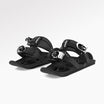

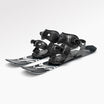
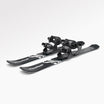

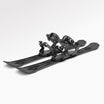

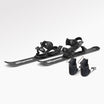






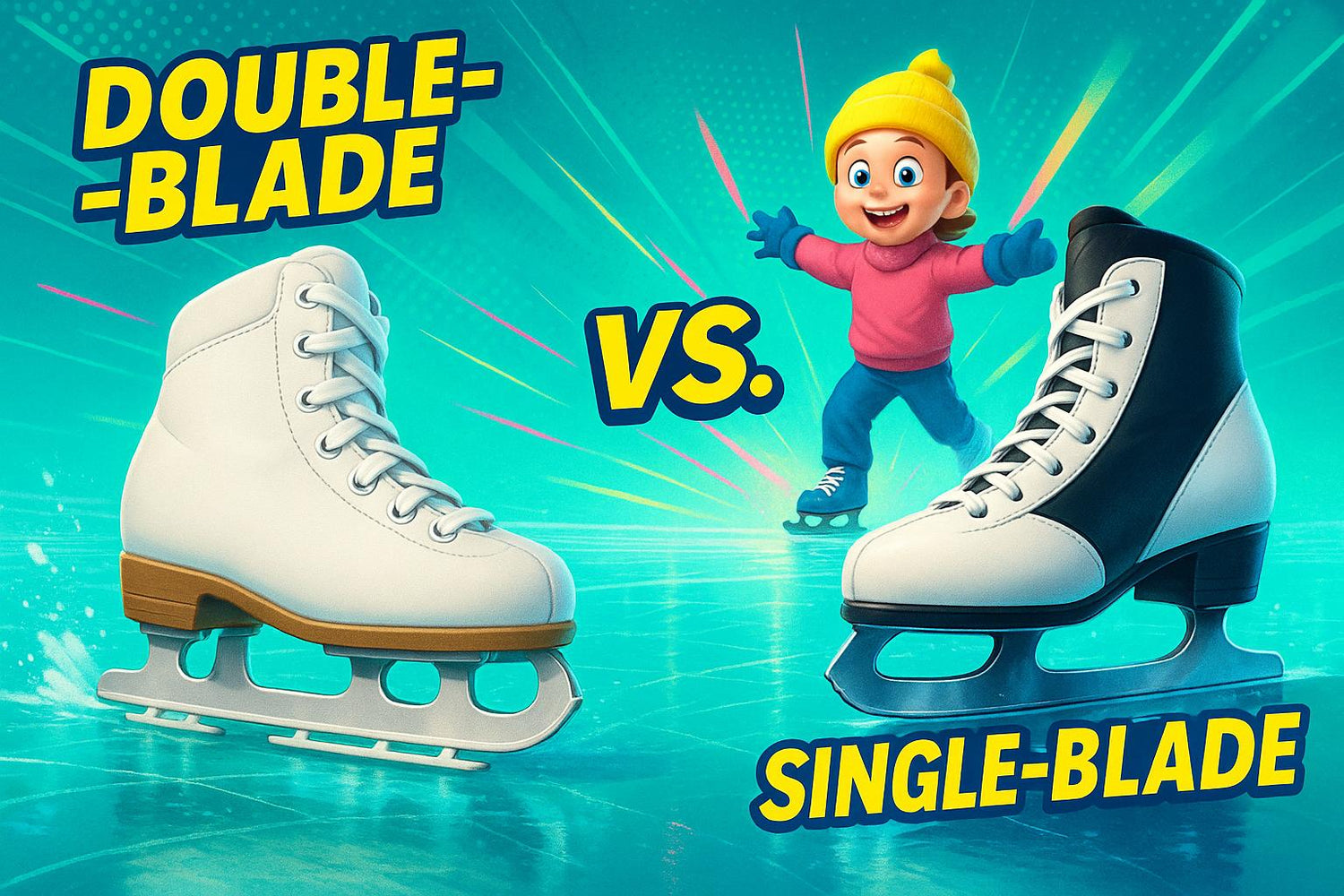
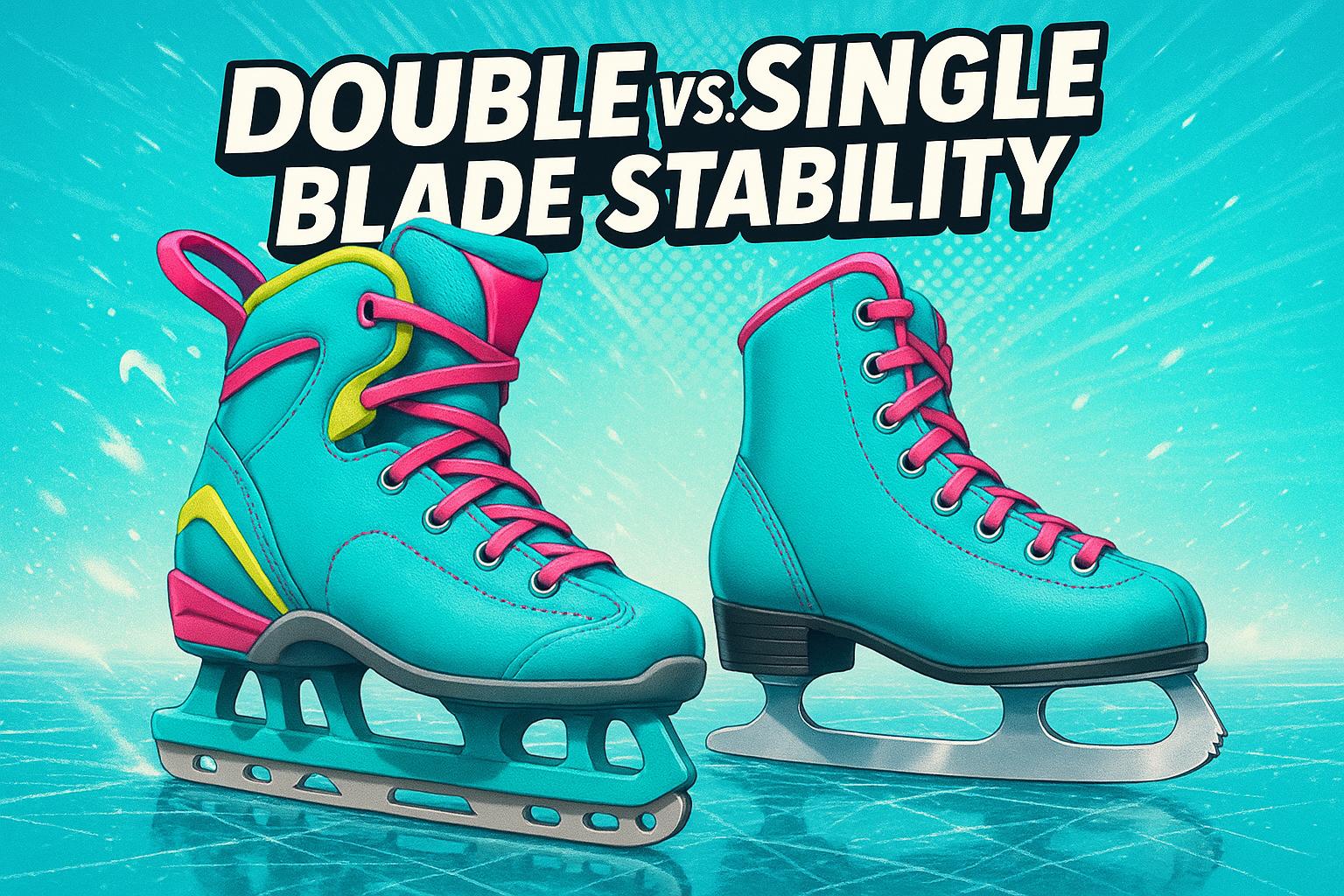
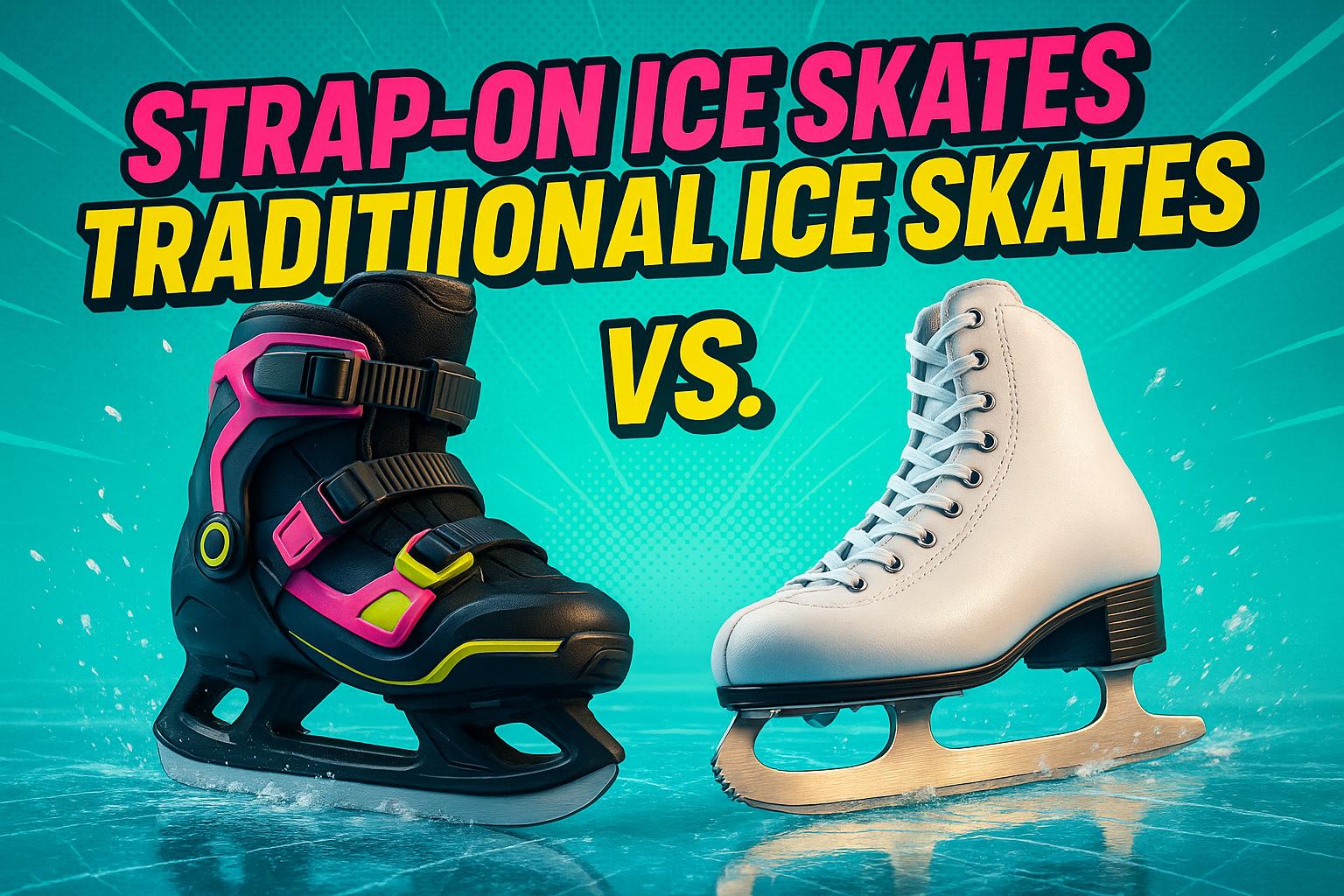

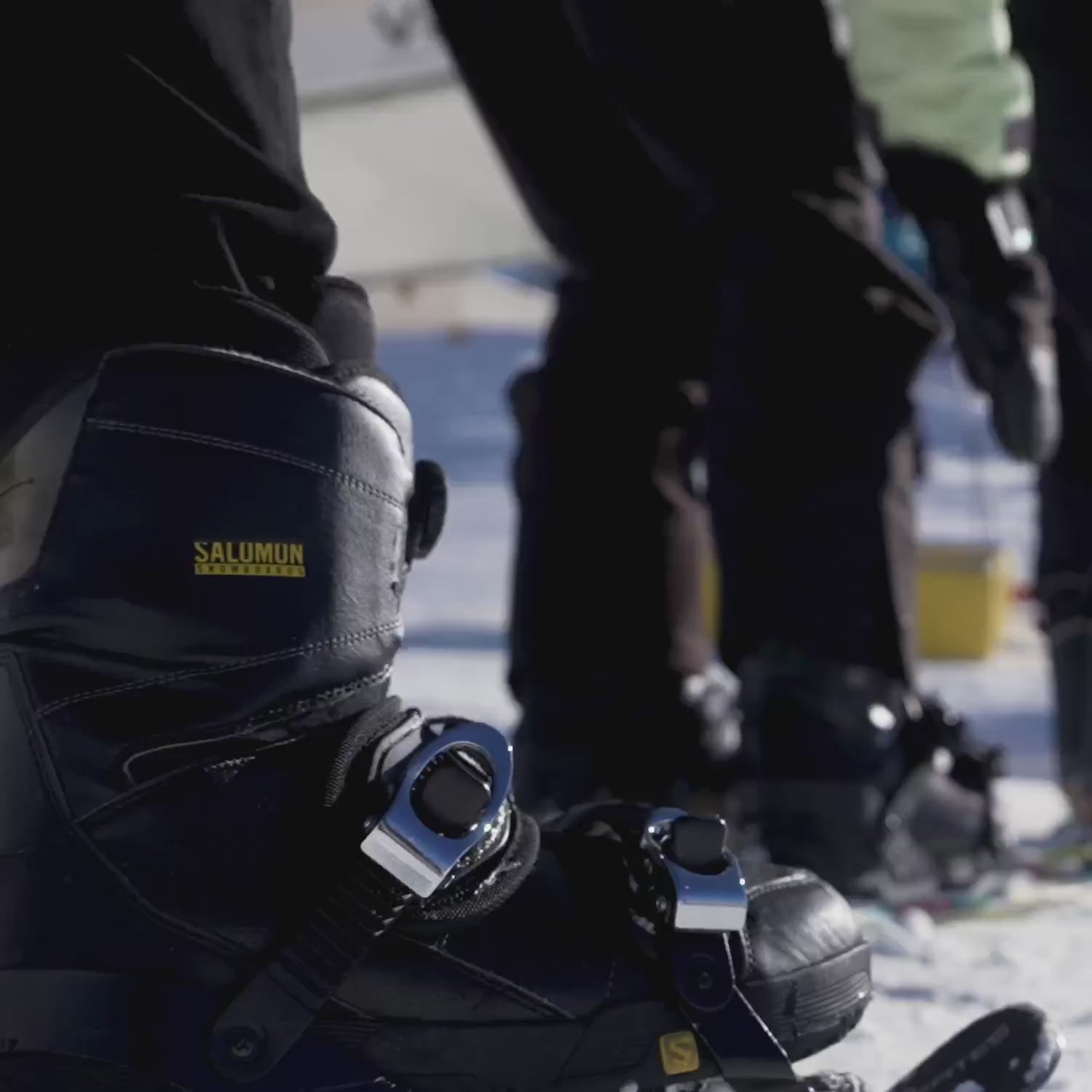

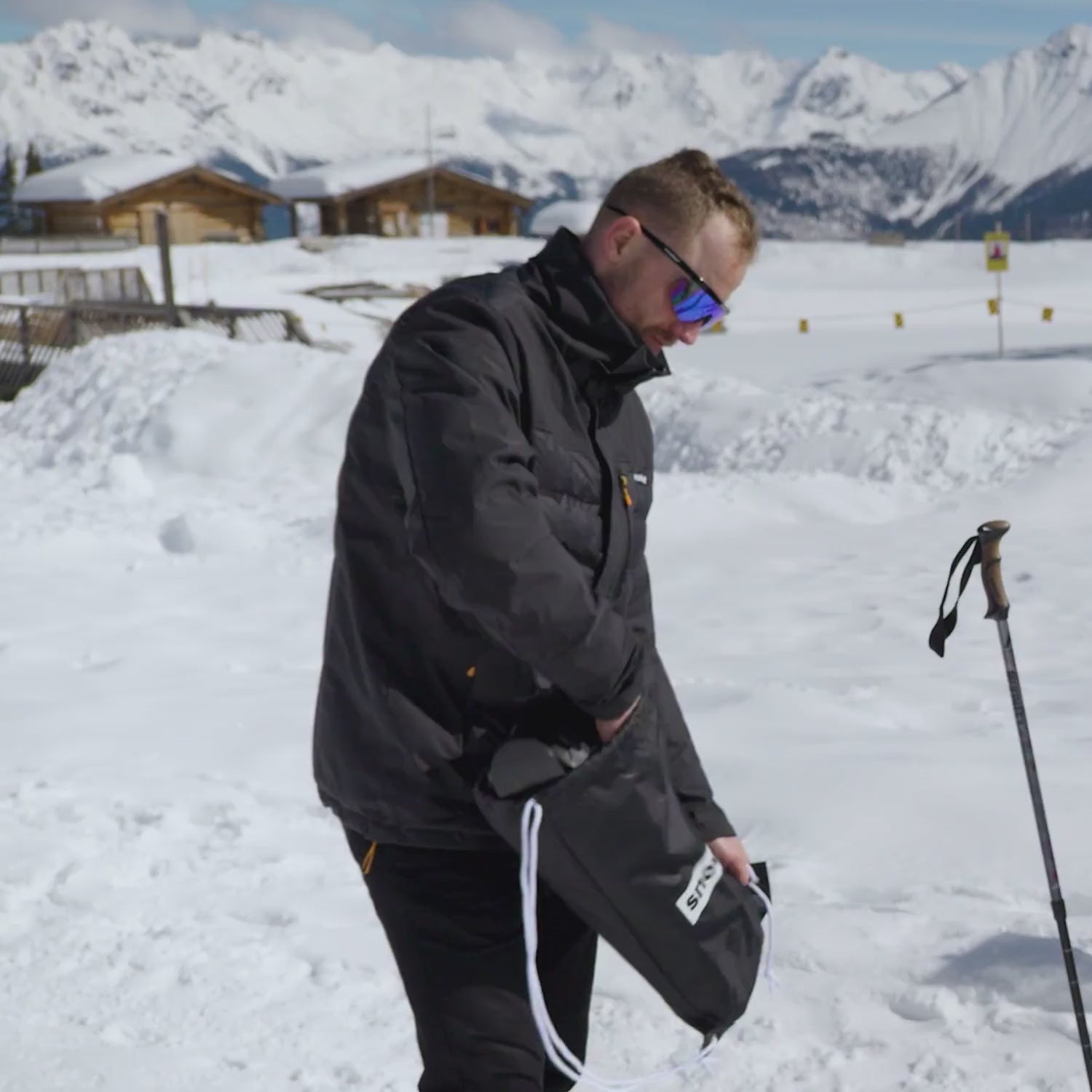
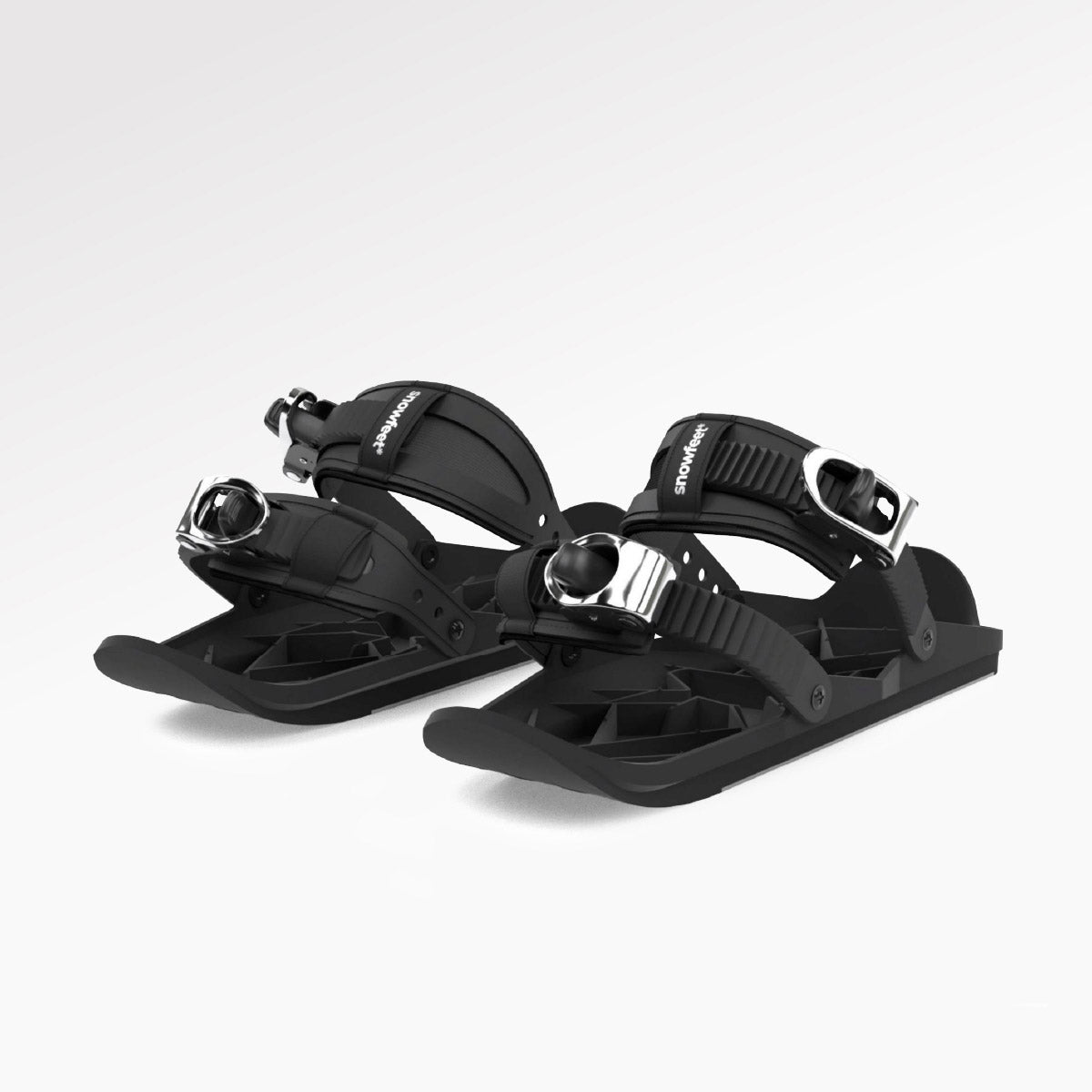
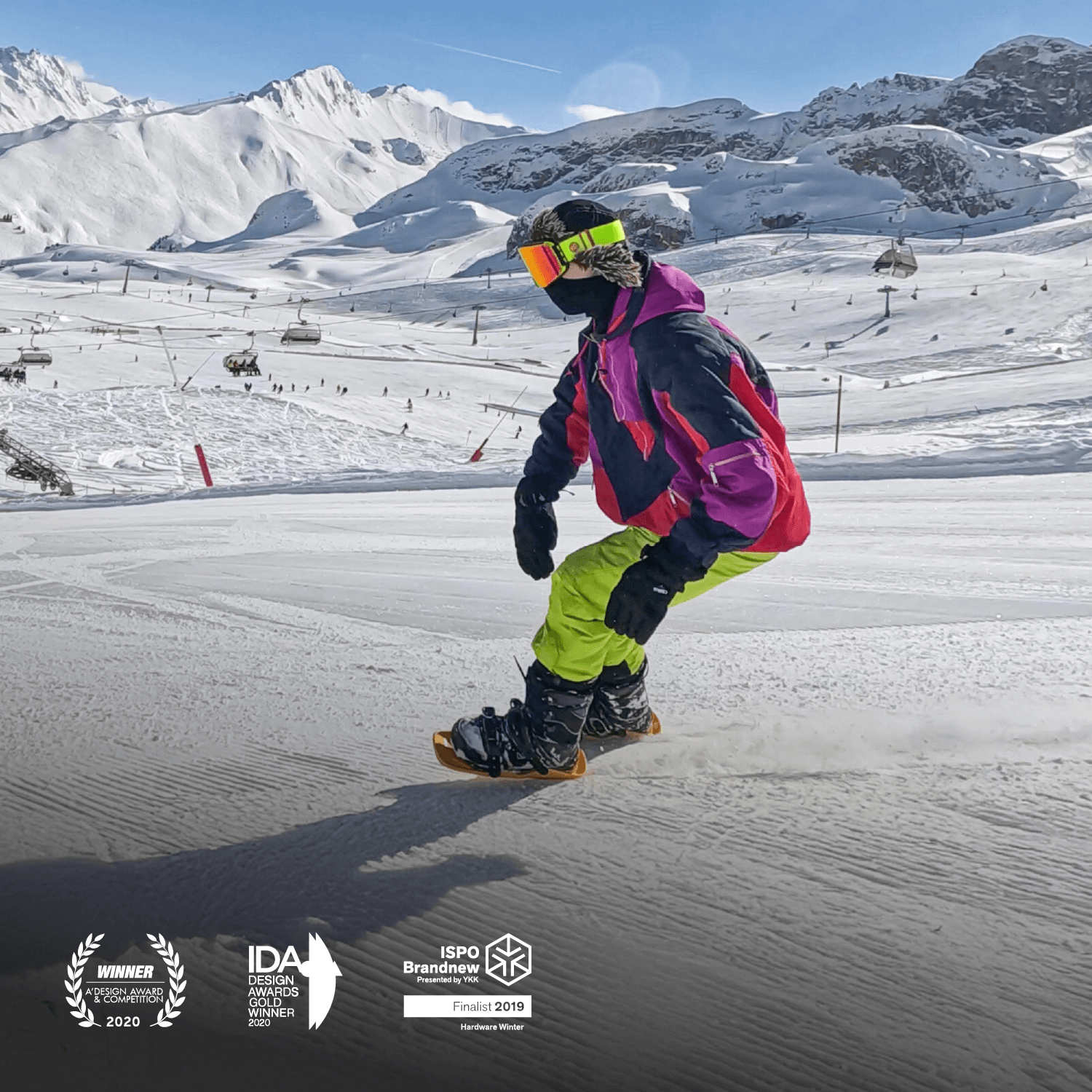
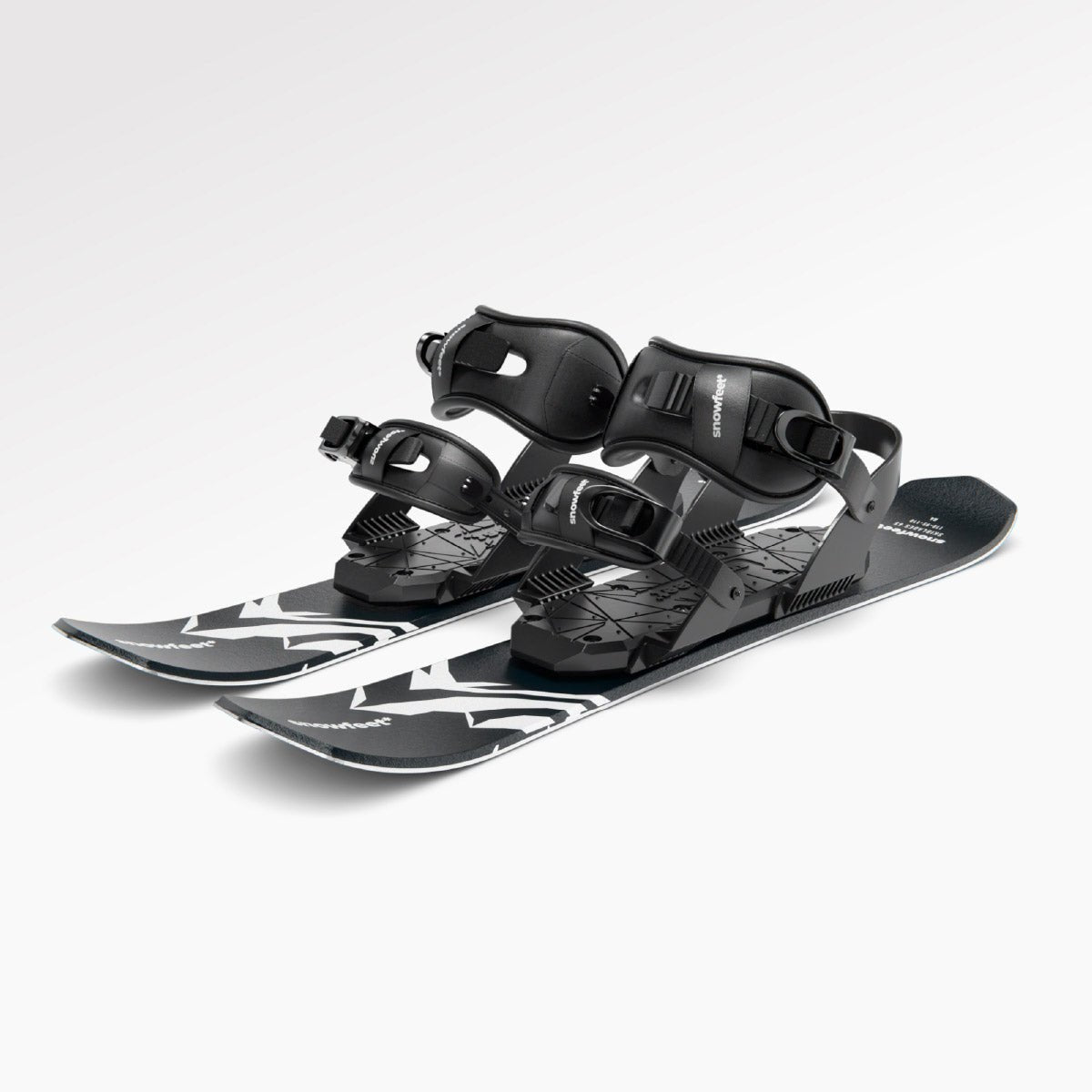

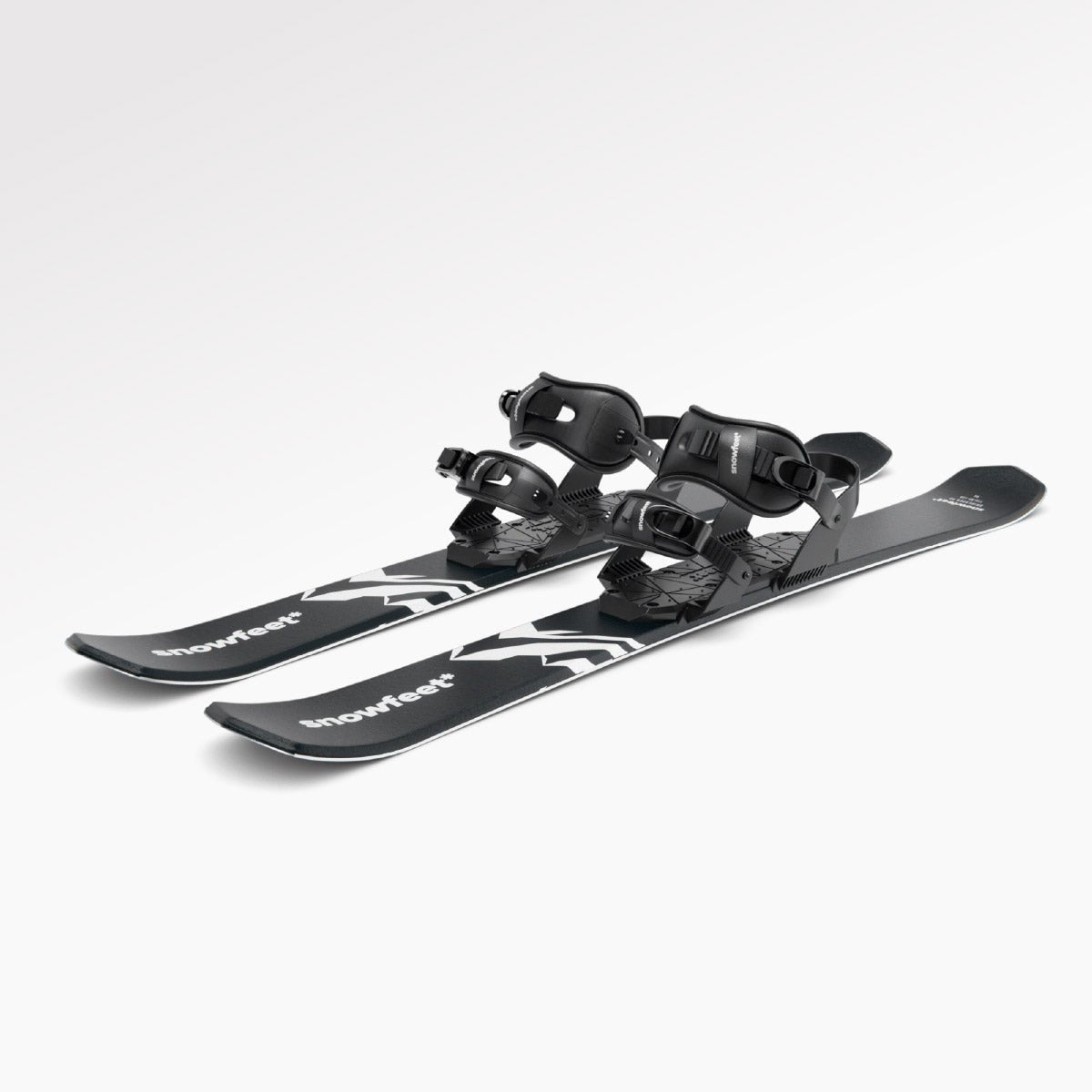
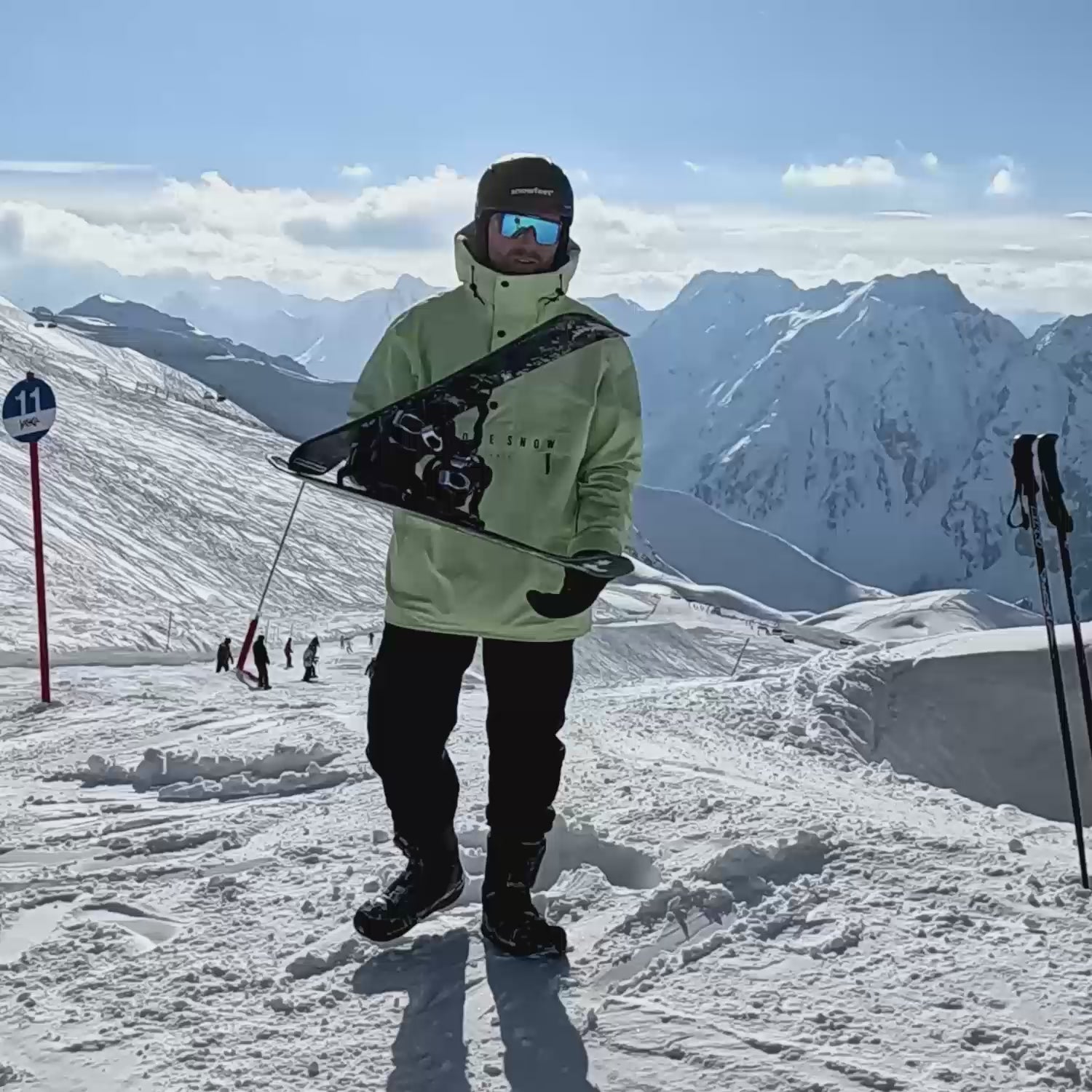
Leave a comment
This site is protected by hCaptcha and the hCaptcha Privacy Policy and Terms of Service apply.